Using Amazon Echo in an Emergency
Tuesday, May 15, 2018
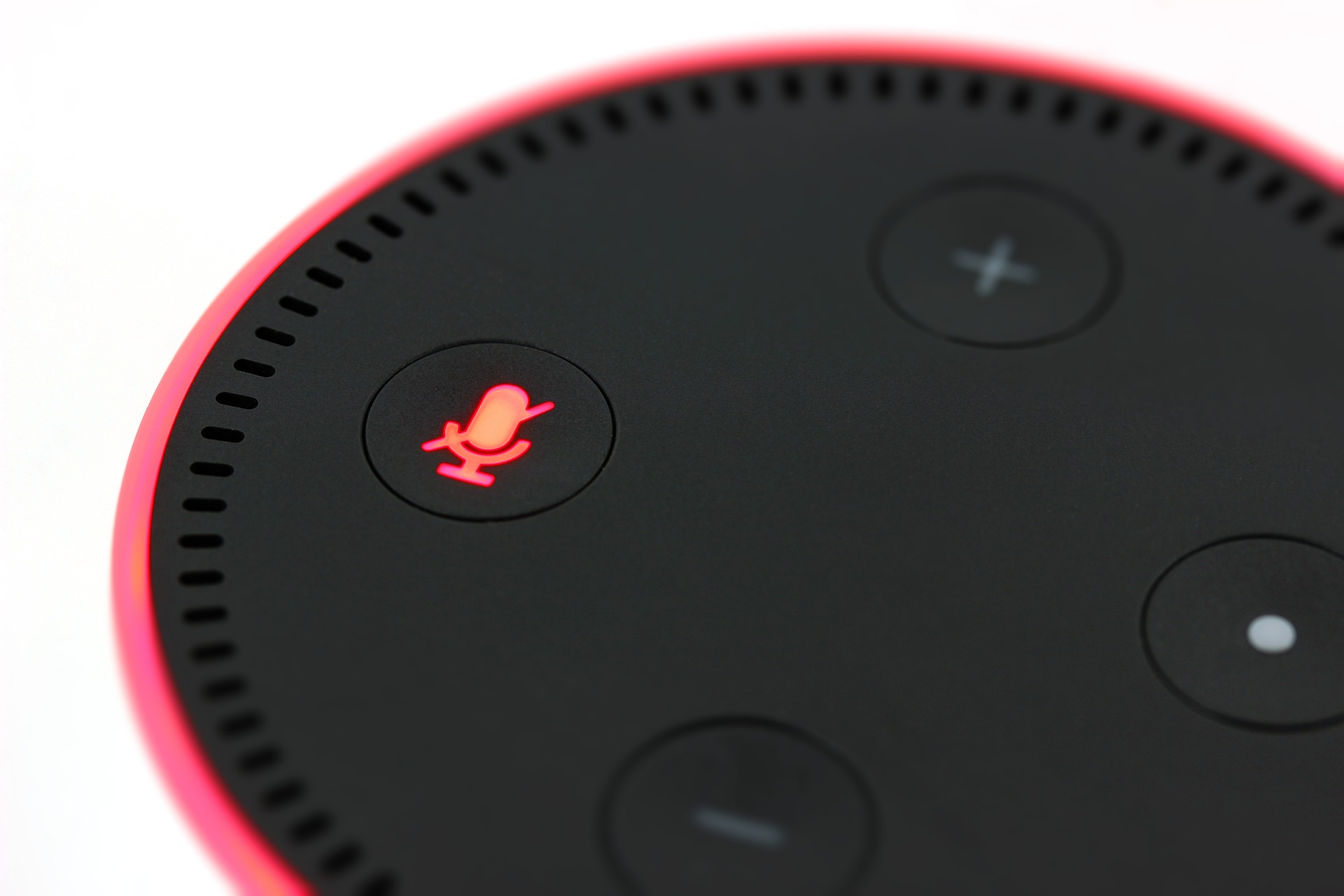
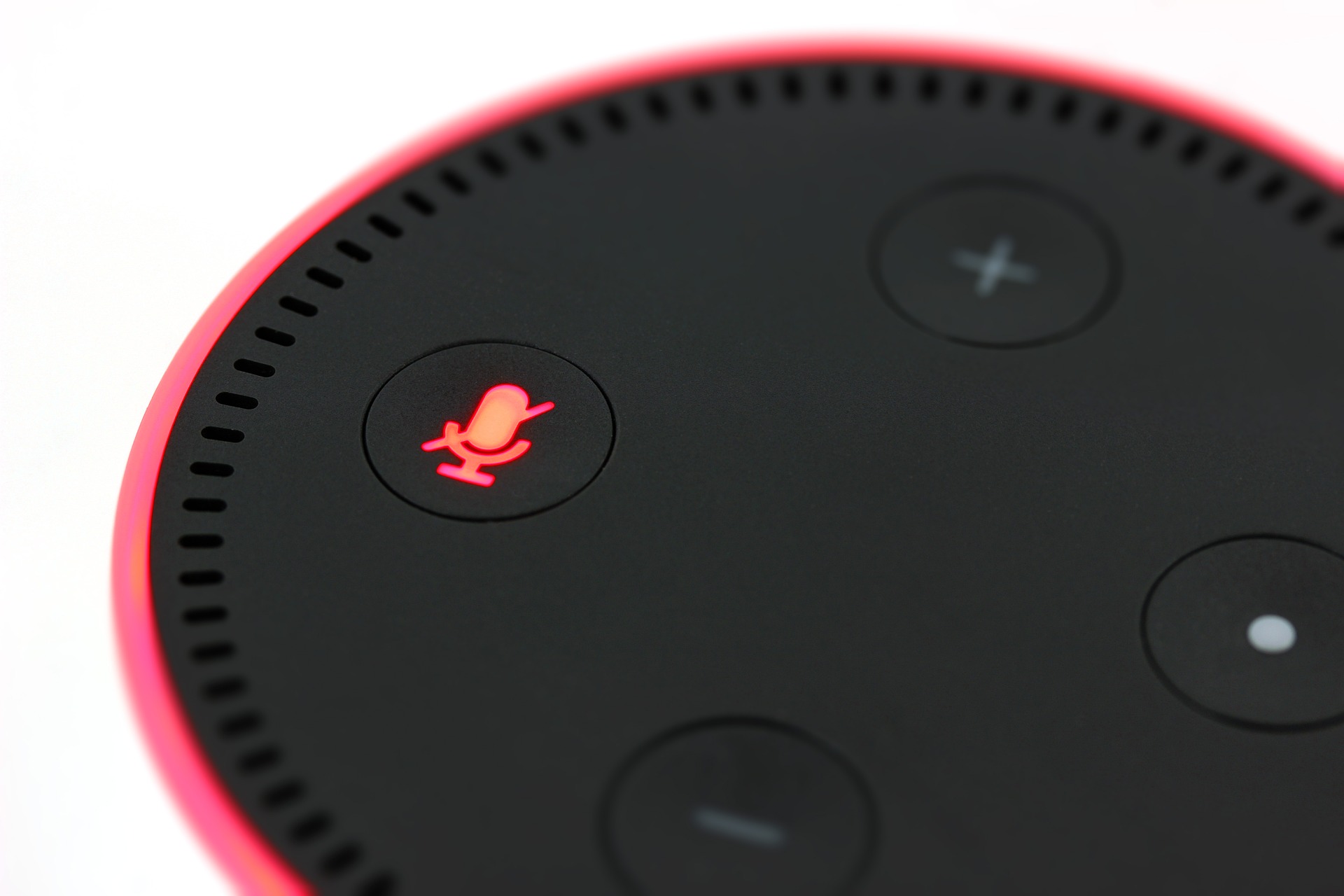
By Jen Mullins, BS, CTRS, MATP Staff
Earlier this year, I watched a very interesting video on the Pennsylvania Assistive Technology Foundation PATF’s facebook page. 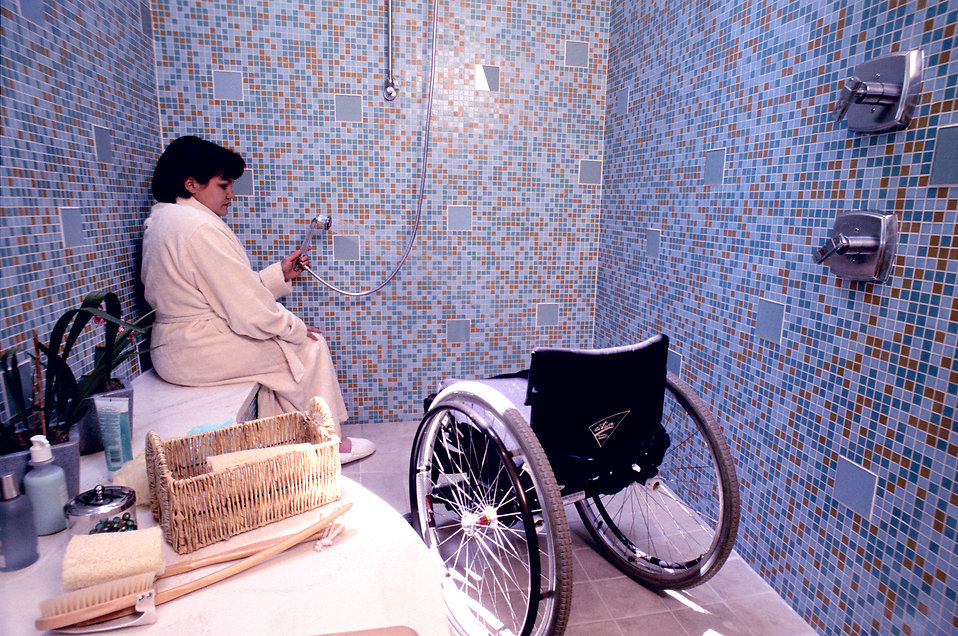 The woman featured in the video is a wheelchair user and shared that she uses a shower chair while showering. She said if there’s an emergency in the shower (such as if she starts to fall out of her chair) and she’s by herself, she can’t physically unlock her phone to call for help, but she can Amazon Alexa to call someone in her life for help. I recently met someone who uses a powerchair and he communicated that he can’t afford an Apple Watch or a newer iPhone, but wants to be safe in his home. His solution was to buy 2, Amazon Echo Dots (about $49.99 each vs an Apple watch that is about $329-$399). He shared that he knows that the two places in his home that he’s most likely to fall are his bathroom and his kitchen. By putting 1 Echo Dot in his bathroom and 1 Echo Dot in his kitchen, he knows he’ll be able to call someone if he falls.
The woman featured in the video is a wheelchair user and shared that she uses a shower chair while showering. She said if there’s an emergency in the shower (such as if she starts to fall out of her chair) and she’s by herself, she can’t physically unlock her phone to call for help, but she can Amazon Alexa to call someone in her life for help. I recently met someone who uses a powerchair and he communicated that he can’t afford an Apple Watch or a newer iPhone, but wants to be safe in his home. His solution was to buy 2, Amazon Echo Dots (about $49.99 each vs an Apple watch that is about $329-$399). He shared that he knows that the two places in his home that he’s most likely to fall are his bathroom and his kitchen. By putting 1 Echo Dot in his bathroom and 1 Echo Dot in his kitchen, he knows he’ll be able to call someone if he falls.
More and more, traditional Personal Emergency Response Systems (PERS) are being replaced by Smart technology (like Apple watches, Amazon Echo’s, and others) and being used in even better/more helpful ways. Why the shift? I really think it comes down to cost and user interface. People who choose to use Smart tech to contact family/friends/neighbors/etc. in an emergency are:
- Talking to someone they know (who likely knows how to best help) versus strangers who are a part of a traditional PERS.
- Not paying any additional, monthly fees (other than what is included with the device in general such as an Amazon Prime membership or wifi or cellular data plan).
- Choosing how they get help (having more autonomy over their lives).
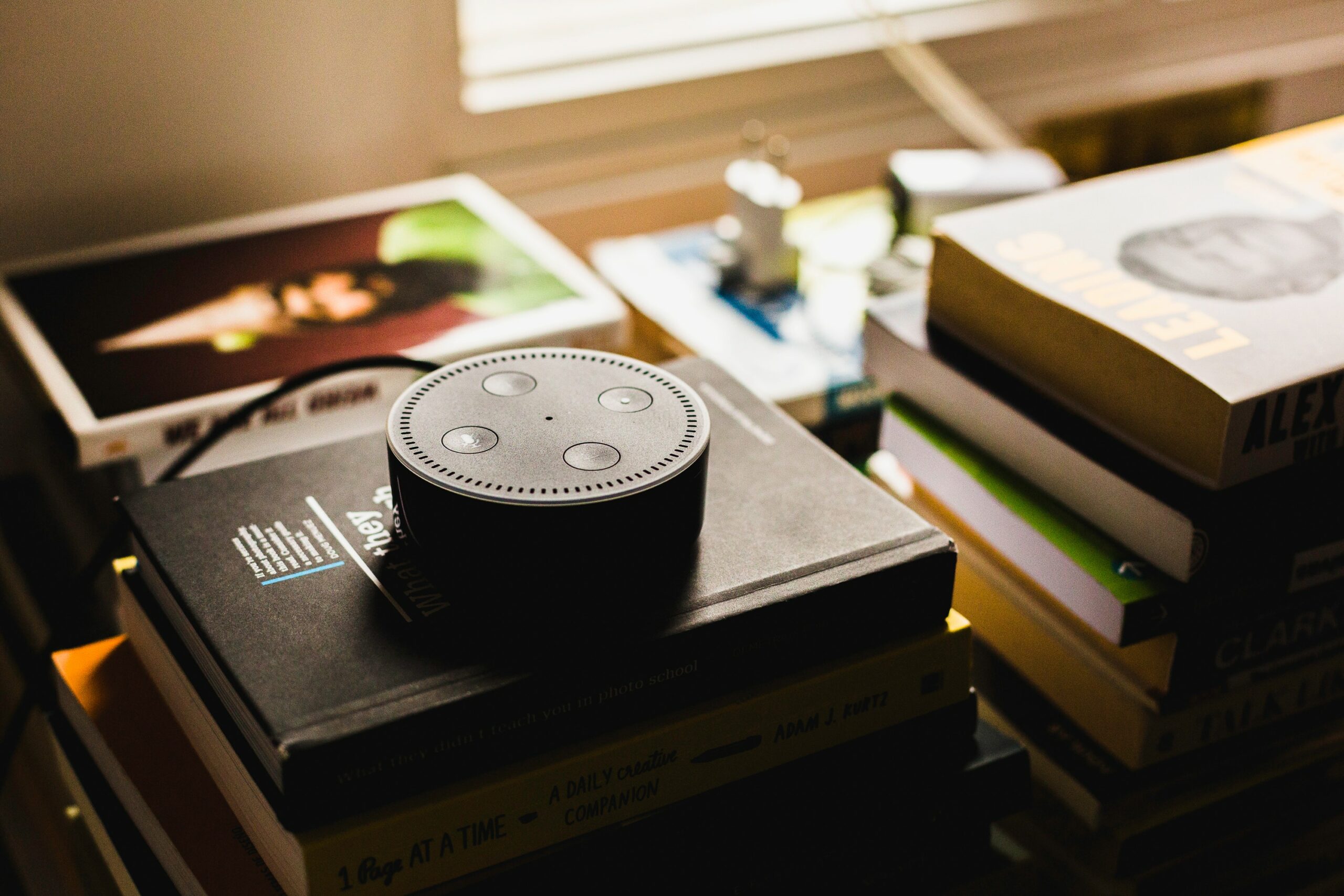 Writer and podcaster, Brant Huddleston, shares in his recent article why traditional PERS systems/fall detection systems didn’t work for his older mother, but why the Echo Dot definitely does. Huddleston writes, “My experience installing the Echo devices has been a sheer delight, and with their naturally intuitive voice interface (Alexa), my mom has taken to the technology like a duck to water. We are both continually surprised at the opportunities Alexa offers to engage her intellect, expand her world, reconnect her with friends and family, and generally improve her life. Voice first technology, like Alexa, is increasing the probability that my mom’s wish will come true, and barring a fall, that she can age in place with dignity until the day she dies.”
Writer and podcaster, Brant Huddleston, shares in his recent article why traditional PERS systems/fall detection systems didn’t work for his older mother, but why the Echo Dot definitely does. Huddleston writes, “My experience installing the Echo devices has been a sheer delight, and with their naturally intuitive voice interface (Alexa), my mom has taken to the technology like a duck to water. We are both continually surprised at the opportunities Alexa offers to engage her intellect, expand her world, reconnect her with friends and family, and generally improve her life. Voice first technology, like Alexa, is increasing the probability that my mom’s wish will come true, and barring a fall, that she can age in place with dignity until the day she dies.”
Amazon even has specific skills for the Echo that can help during an emergency. I cheer when people don’t have to accept supports that don’t work for them and can “hack” the system to get the supports they need and how they need them. I’m glad more and more Smart supports are being created/finely tuned and offered to more users. 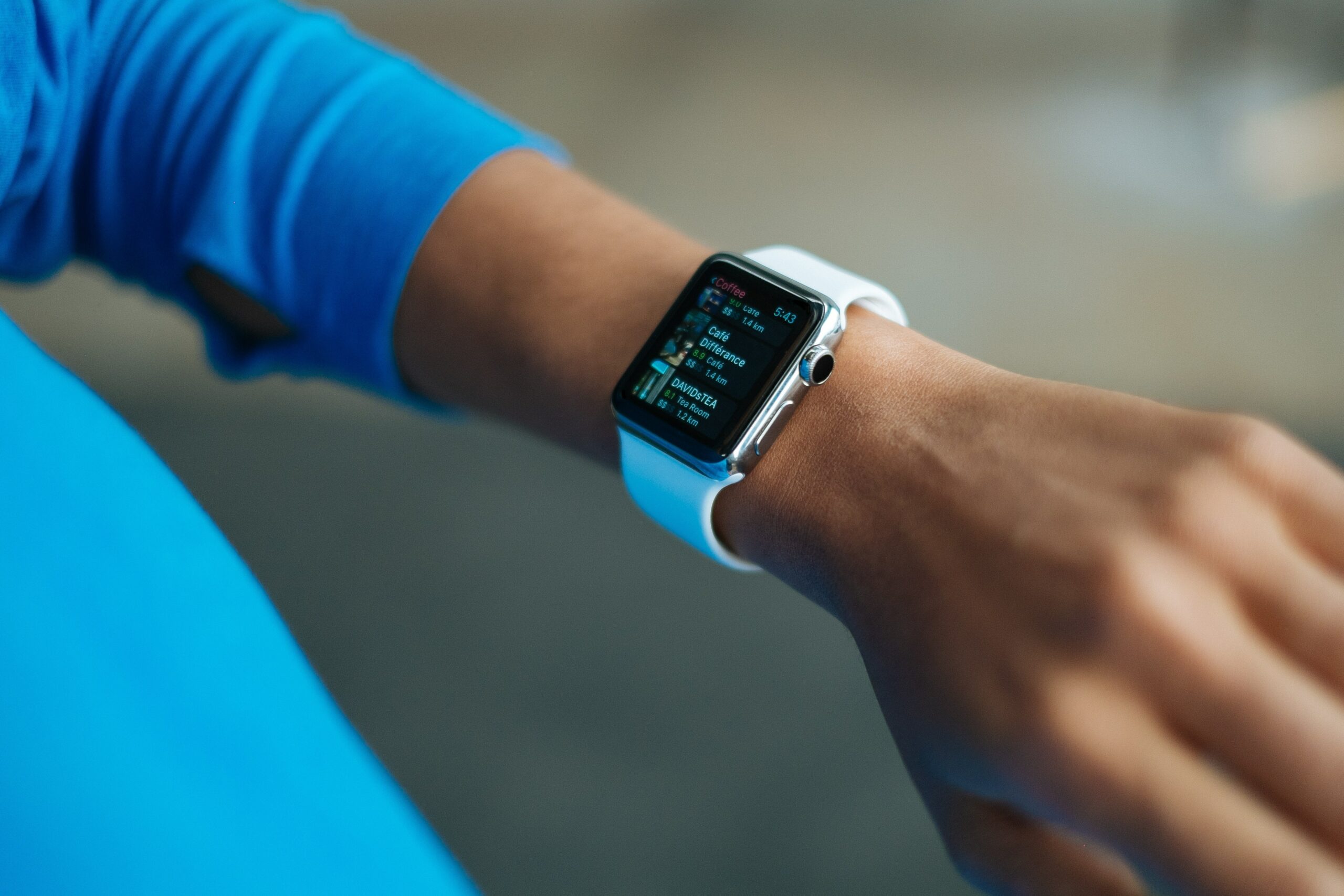 If you’re interested in learning more about how the Apple Watch can be used in an emergency, read Kathryn’s blog post: A Personal Emergency Response Alternative.
If you’re interested in learning more about how the Apple Watch can be used in an emergency, read Kathryn’s blog post: A Personal Emergency Response Alternative.
Do you use Smart technology for PERS? Would you consider using it? Comment your thoughts!

